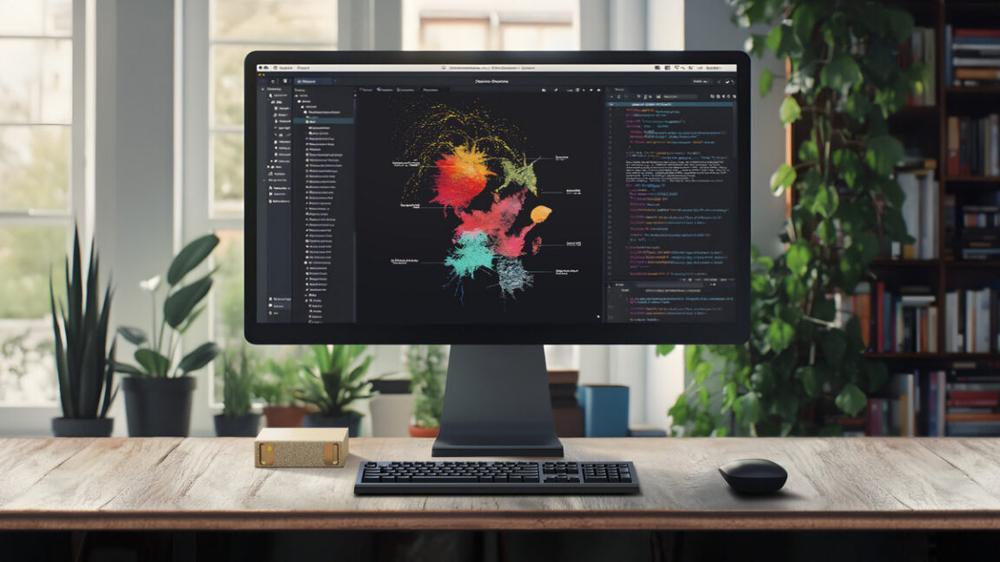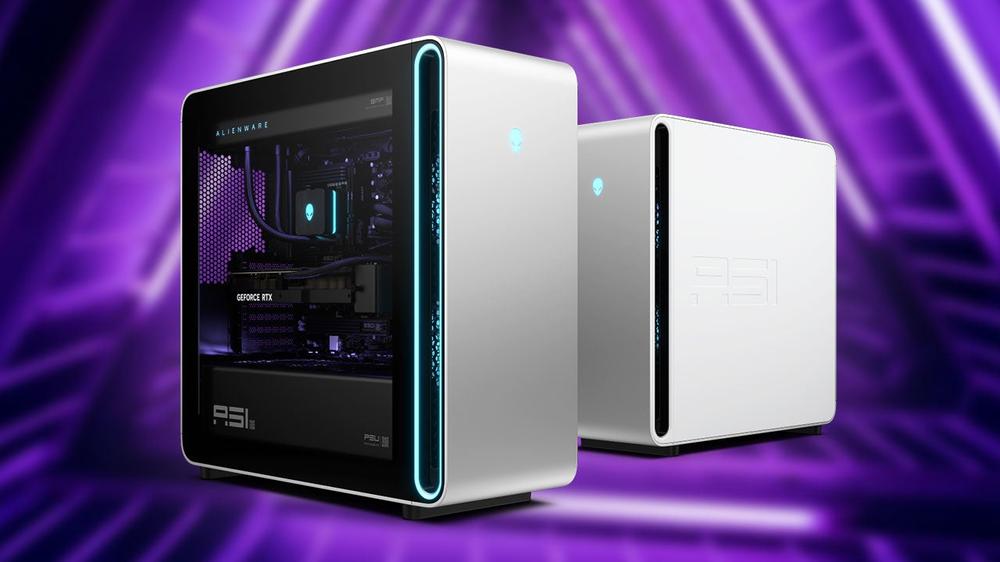On Tuesday, Nvidia announced it will begin taking orders for the DGX Spark, a $4,000 desktop AI computer that wraps one petaflop of computing performance and 128GB of unified memory into a form factor small enough to sit on a desk. Its biggest selling point is likely its large integrated memory that can run larger AI models than consumer GPUs.
Nvidia will begin taking orders for the DGX Spark on Wednesday, October 15, through its website, with systems also available from manufacturing partners and select US retail stores.
The DGX Spark, which Nvidia previewed as "Project DIGITS" in January and formally named in May, represents Nvidia's attempt to create a new category of desktop computer workstation specifically for AI development.
With the Spark, Nvidia seeks to address a problem facing some AI developers: Many AI tasks exceed the memory and software capabilities of standard PCs and workstations (more on that below), forcing them to shift their work to cloud services or data centers. However, the actual market for a desktop AI workstation remains uncertain, particularly given the upfront cost versus cloud alternatives, which allow developers to pay as they go.
Nvidia's Spark reportedly includes enough memory to run larger-than-typical AI models for local tasks, with up to 200 billion parameters and fine-tune models containing up to 70 billion parameters without requiring remote infrastructure. Potential uses include running larger open-weights language models and media synthesis models such as AI image generators.
According to Nvidia, users can customize Black Forest Labs' Flux.1 models for image generation, build vision search and summarization agents using Nvidia's Cosmos Reason vision language model, or create chatbots using the Qwen3 model optimized for the DGX Spark platform.
Big memory in a tiny box
Nvidia has squeezed a lot into a 2.65-pound box that measures 5.91 x 5.91 x 1.99 inches and uses 240 watts of power. The system runs on Nvidia's GB10 Grace Blackwell Superchip, includes ConnectX-7 200Gb/s networking, and uses NVLink-C2C technology that provides five times the bandwidth of PCIe Gen 5. It also includes the aforementioned 128GB of unified memory that is shared between system and GPU tasks.
For the OS, the Spark is an ARM-based system that runs Nvidia's DGX OS, an Ubuntu Linux-based operating system built specifically for GPU processing. It comes with Nvidia's AI software stack preinstalled, including CUDA libraries and the company's NIM microservices.
Prices for the DGX Spark start at US $3,999. That may seem like a lot, but given the cost of high-end GPUs with ample video RAM like the RTX Pro 6000 (about $9,000) or AI server GPUs (like $25,000 for a base-level H100), the DGX Spark may represent a far less expensive option overall, though it's not nearly as powerful.
In fact, according to The Register, the GPU computing performance of the GB10 chip is roughly equivalent to an RTX 5070. However, the 5070 is limited to 12GB of video memory, which limits the size of AI models that can be run on such a system. With 128GB of unified memory, the DGX Spark can run far larger models, albeit at a slower speed than, say, an RTX 5090 (which typically ships with 24 GB of RAM). For example, to run the 120 billion-parameter larger version of OpenAI's recent gpt-oss language model, you'd need about 80GB of memory, which is far more than you can get in a consumer GPU.
A callback to 2016
Nvidia founder and CEO Jensen Huang marked the occasion of the DGX Spark launch by personally delivering one of the first units to Elon Musk at SpaceX's Starbase facility in Texas, echoing a similar delivery Huang made to Musk at OpenAI in 2016.
"In 2016, we built DGX-1 to give AI researchers their own supercomputer. I hand-delivered the first system to Elon at a small startup called OpenAI, and from it came ChatGPT," Huang said in a statement. "DGX-1 launched the era of AI supercomputers and unlocked the scaling laws that drive modern AI. With DGX Spark, we return to that mission."

 The Powerful Alienware Area-51 RTX 5090 Gaming PC Is Available for the First Time at Dell Outlet
The Powerful Alienware Area-51 RTX 5090 Gaming PC Is Available for the First Time at Dell Outlet